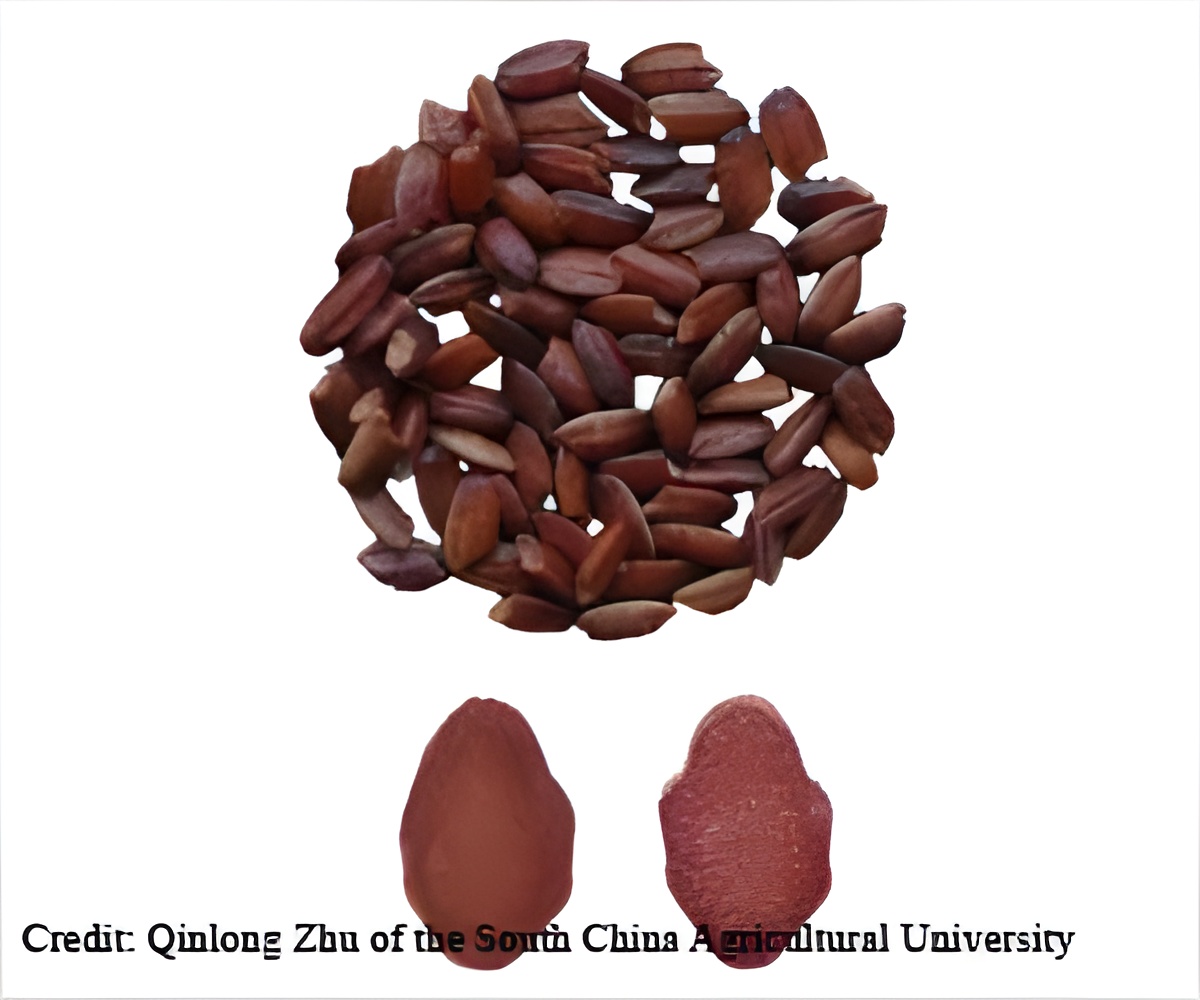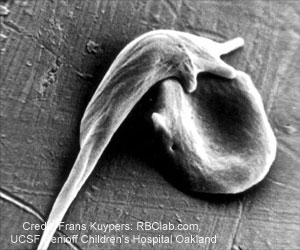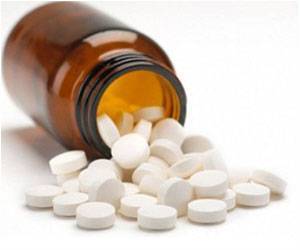
‘A transgene stacking strategy for expressing eight anthocyanin pathway genes has been developed.’
Tweet it Now
"We have developed a highly efficient, easy-to-use transgene stacking system called TransGene Stacking II that enables the assembly of a large number of genes in single vectors for plant transformation," says senior study author Yao-Guang Liu of the South China Agricultural University. "We envisage that this vector system will have many potential applications in this era of synthetic biology and metabolic engineering."
To date, genetic engineering approaches have been used to develop rice enriched in beta-carotene and folate, but not anthocyanins. Although these health-promoting compounds are naturally abundant in some black and red rice varieties, they are absent in polished rice grains because the husk, bran, and germ have been removed, leaving only the endosperm.
Previous attempts to engineer anthocyanin production in rice have failed because the underlying biosynthesis pathway is highly complex, and it has been difficult to efficiently transfer many genes into plants.
To address this challenge, Liu and his colleagues first set out to identify the genes required to engineer anthocyanin production in the rice endosperm. To do so, they analyzed sequences of anthocyanin pathway genes in different rice varieties and pinpointed the defective genes in japonica and indica subspecies that do not produce anthocyanins.
Advertisement
"This is the first demonstration of engineering such a complex metabolic pathway in plants," Liu says.
Advertisement
"Our research provides a high-efficiency vector system for stacking multiple genes for synthetic biology and makes it potentially feasible for engineering complex biosynthesis pathways in the endosperm of rice and other crop plants such as maize, wheat, and barley," Liu says.
Source-Eurekalert









